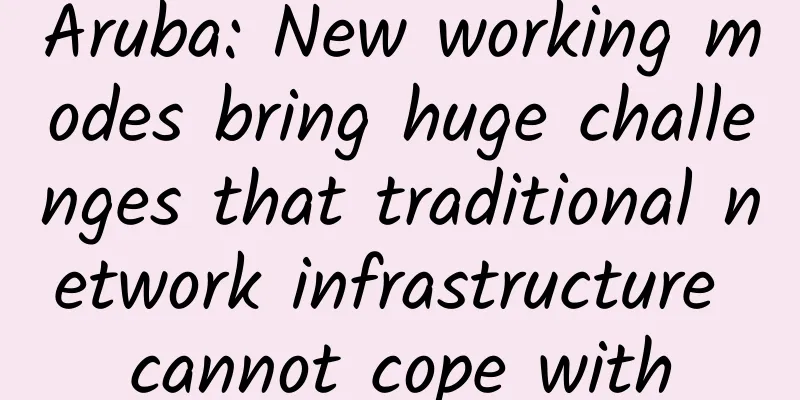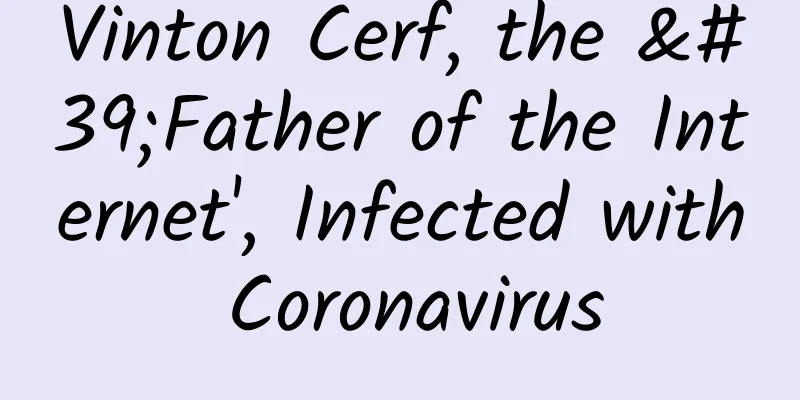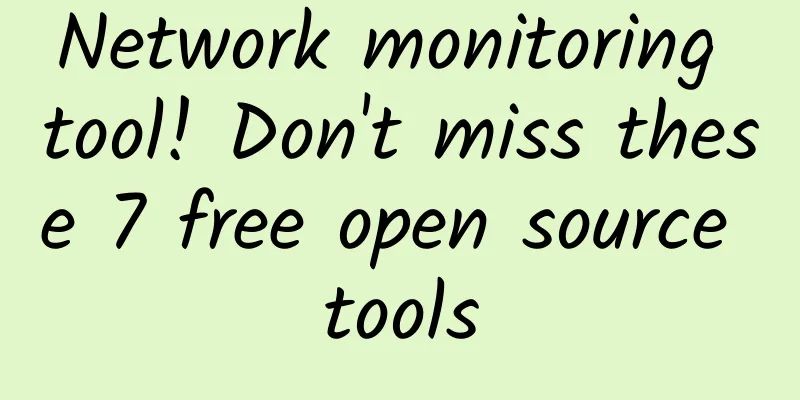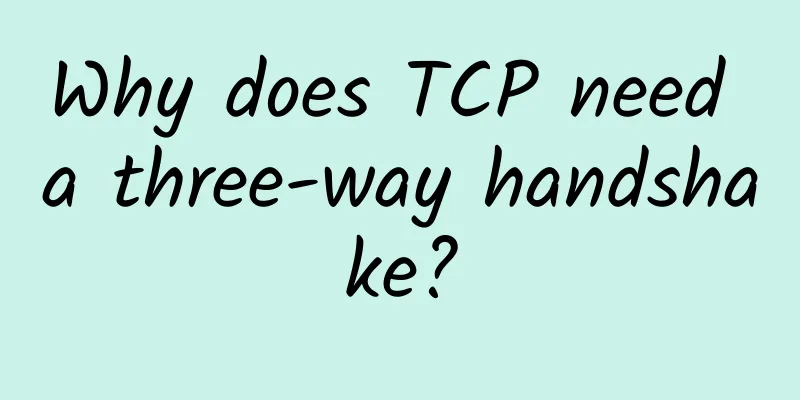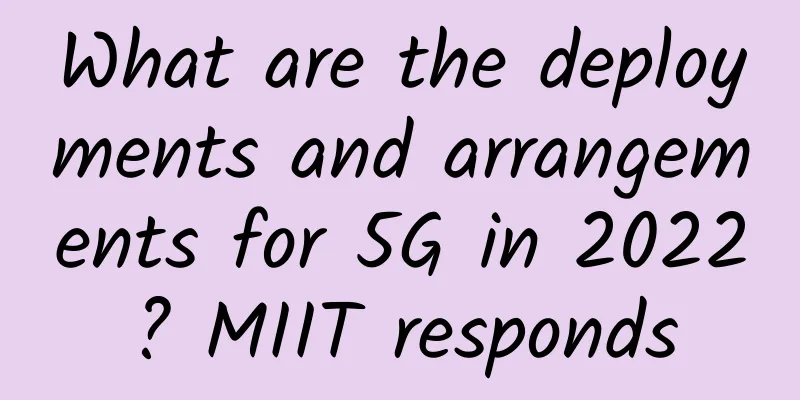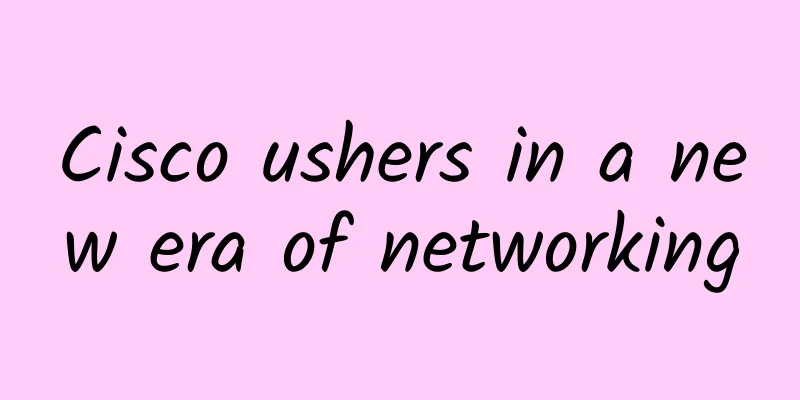What problems do HTTP/1, HTTP/2, and HTTP/3 solve?
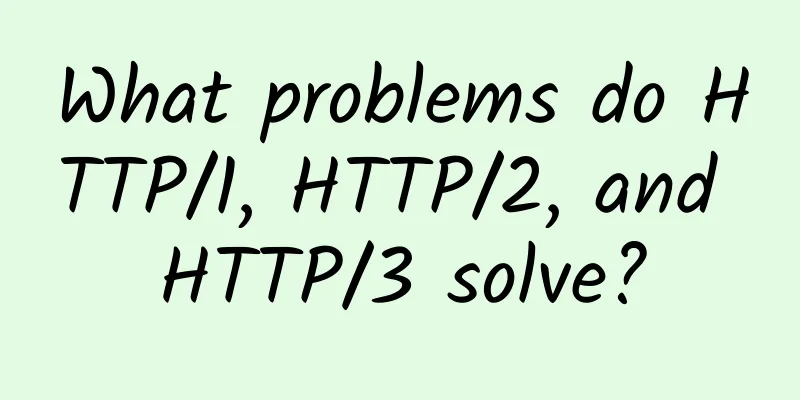
|
What problems does each generation of HTTP solve? The following diagram illustrates the main characteristics. picture HTTP/1HTTP 1.0 was finalized and fully documented in 1996. Each request to the same server requires a separate TCP connection. HTTP 1.1 was released in 1997. TCP connections can be kept open for reuse (persistent connections), but this does not solve the HOL (Head of Line) blocking problem. HOL blocking - When the number of parallel requests allowed by the browser is exhausted, subsequent requests need to wait for the previous request to complete. HTTP/2HTTP 2.0 was released in 2015. It solves the HOL problem by request multiplexing and eliminates HOL blocking at the application layer, but HOL still exists at the transport (TCP) layer. As shown in the figure, HTTP 2.0 introduces the concept of HTTP "streams": an abstraction that allows different HTTP exchanges to be multiplexed over the same TCP connection . Each stream does not need to be sent in order. Application scenarios:
HTTP/3The first draft of HTTP 3.0 was released in 2020. It is the successor to HTTP 2.0. It uses QUIC instead of TCP as the underlying transport protocol, thus eliminating HOL blocking in the transport layer. QUIC is based on UDP. It introduces streams as first-class citizens into the transport layer. QUIC streams share the same QUIC connection, so creating a new QUIC stream does not require additional handshakes and slow starts, but QUIC streams are transported independently, so in most cases, packet loss that affects one stream will not affect other streams. Application scenarios:
|
<<: How to efficiently implement scheduled tasks in Redis
>>: Explore different VGG networks. What do you discover?
Recommend
How 5G's low latency will drive new applications and use cases
Why is low latency important for 5G? Latency is a...
Expectations for Network as a Service (NaaS) Technology
Network as a Service (NaaS) technology provides n...
Share an interesting data analysis method
[[405125]] This film note is a development summar...
Let's talk about viewing ServiceEntry injection information in Envoy
[[431019]] introduction Istio provides ServiceEnt...
It is urgent for operators to improve network operation and maintenance
Communication networks are the underlying infrast...
What is a Fibre Channel Transceiver?
Fibre Channel is a network storage switching tech...
WiFi will be replaced in the future, what do you think?
WIFI is really going to be replaced! But it's...
Researchers develop first 5G switch capable of accessing next-generation wireless speeds
Even as COVID-19 has caused a slowdown in economi...
We need to look up to the stars (6G) and keep our feet on the ground (5G)
[[349140]] 2020 is coming to an end. With the adv...
Huawei launches LampSite X indoor digital innovation solution to unleash the unlimited potential of the digital world
[Dubai , UAE , October 11, 2023 ] During the 2023...
How to use gdb to accurately locate deadlock problems in multithreading
[[337631]] This article is reprinted from the WeC...
HostingViet: Vietnam VPS annual payment 50% off 161 yuan/year, 1GB/20G SSD/unlimited traffic
HostingViet, a local host provider in Vietnam, wa...
6G, how should the communications industry tell an attractive story?
6G has come suddenly like a spring breeze. Recent...
Comprehensive diagram! Global operators' 5G deployment plan timeline
GSA's latest report shows that 154 mobile ope...
In just 3 months, the cumulative financing exceeded 600 million yuan. Ruishu Information announced the completion of the C3 round of financing of 100 million yuan
After completing the C2 round of financing in Sep...
